25 Nov 2024
When conducting a Fire Risk Assessment of External Wall (FRAEW) survey, a fire surveyor’s role is pivotal in assessing the safety of a building’s external wall systems. But what exactly does this process involve? Let’s break down the key steps and elements we focus on during an intrusive survey.
Pre-Survey Preparation
Before stepping on-site, preparation is essential:
1. Identifying Wall Types: We start by understanding the various wall types and determining strategic inspection locations.
2. Document Review: Reviewing building documentation, including drawings and specifications, provides context for the inspection.
On-Site Wall Assessment
Once on-site, we perform a thorough examination to uncover the entire wall build-up:
• Facade Materials: This includes examining components like vapour control layers (VCL), breather membranes, stud work, blockwork, structural elements, linings, insulation, outer wall leaf, cladding, and render.
• Critical Areas: Special attention is given to compartment floors, walls, window/door openings, balconies, service penetrations, and cavity edges.
Focus on Fire Safety Elements
The survey pays particular attention to passive fire protection measures:
• Cavity Barriers and Fire-Stopping: We check for the presence and condition of cavity barriers, fire breaks, and fire-stopping systems.
• Installation Accuracy: It’s crucial to verify these elements are installed correctly, following manufacturer guidelines.
Reporting the Findings
All findings are documented and compiled into a detailed report, which is shared with the Fire Engineer. This report supplements their assessment and ensures a comprehensive appraisal of the building’s external wall system.
Have Questions?
If you’d like to learn more or have enquiries about FRAEW surveys, don’t hesitate to reach out. Ensuring fire safety starts with thorough inspections and expert insights! ✅





